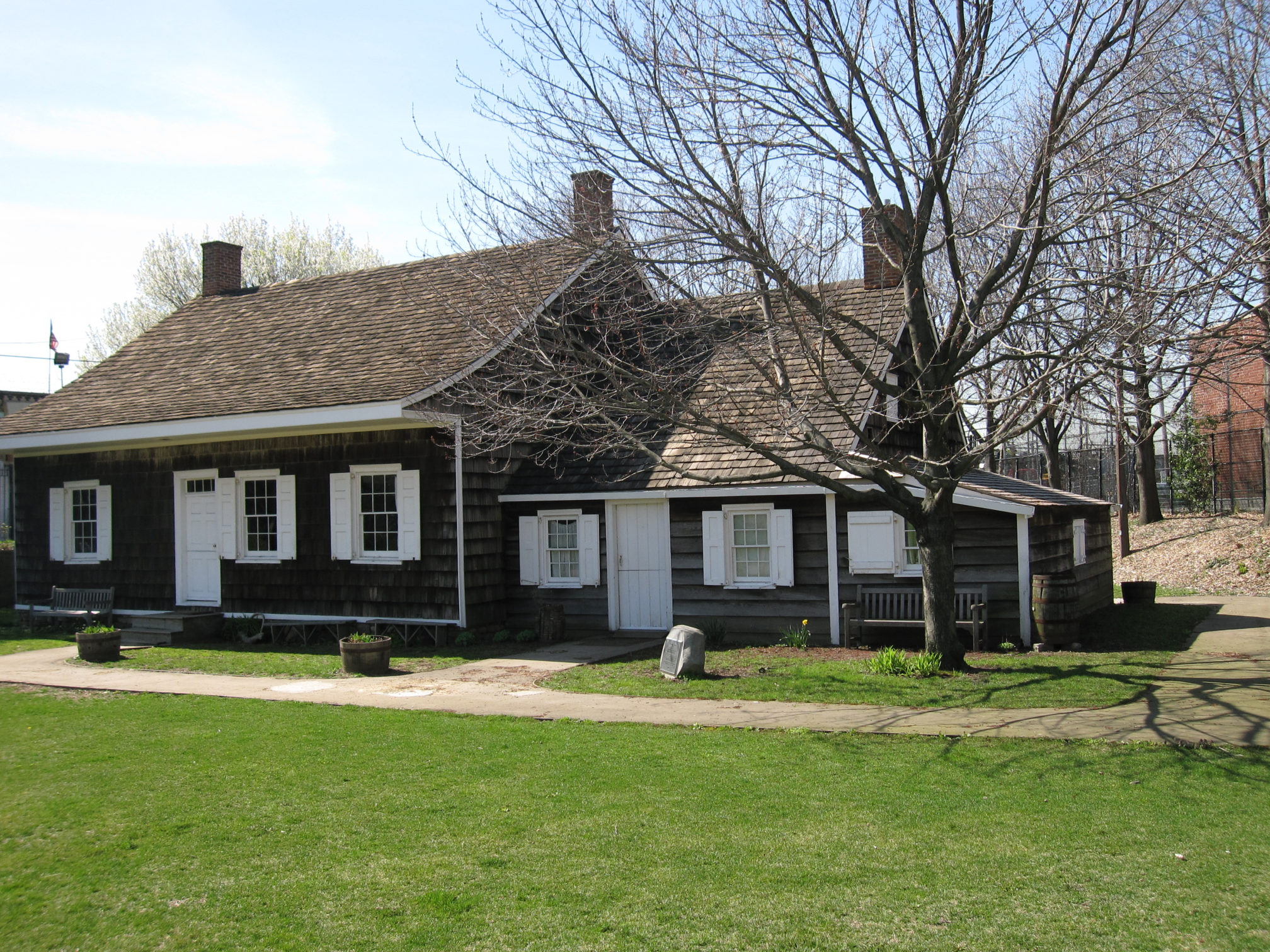Ask a historian: Where in New York did the Dutch settle?

MZLJV asks: Where did the Dutch settle? Who were they?
Good to know. Some of them were our neighbors.
The Dutch, our original New Yorkers, arrived in the New World as merchants. According to Russell Shorto in his must-read history, “The Island at the Center of the World,” the Dutch East India Company — later Dutch West India Company — had sent traders in 1624 to Nut Island, now Governors Island, to establish a commercial beachhead.

Brooklyn Boro
View MoreNew York City’s most populous borough, Brooklyn, is home to nearly 2.6 million residents. If Brooklyn were an independent city it would be the fourth largest city in the United States. While Brooklyn has become the epitome of ‘cool and hip’ in recent years, for those that were born here, raised families here and improved communities over the years, Brooklyn has never been ‘uncool’.